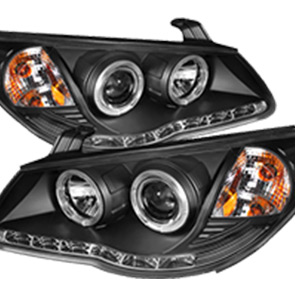Understanding Rear Derailleur Cable Functions and Adjustments for Optimal Bicycle Performance
Understanding Rear Derailleur Cables A Cycling Essential
Bicycles have evolved significantly over the years, yet one component remains crucial for optimal performance — the rear derailleur cable. This seemingly simple piece of equipment plays a vital role in a cyclist’s ability to shift gears smoothly and efficiently, ensuring a seamless riding experience whether on rugged terrain or smooth roads.
What is a Rear Derailleur Cable?
The rear derailleur cable is a thin, flexible wire that connects the gear shifters (usually located on the handlebars) to the rear derailleur located near the bike’s rear wheel. Upon pulling the shifter lever, tension is applied to the cable, which then moves the derailleur into different positions to shift the chain onto various gears on the cassette. This mechanism allows cyclists to maintain optimum cadence and power output by selecting the appropriate gear for their speed and incline.
Importance of Proper Installation
Installing the rear derailleur cable correctly is critical for the performance of the bike. A poorly installed cable can lead to misaligned gears, causing the chain to skip or drop unexpectedly, which can be dangerous and frustrating. A proper installation involves threading the cable through the derailleur and securing it tightly while also ensuring it passes smoothly through the cable housing. Regular maintenance, such as checking for frays or wear and replacing the cable when necessary, is essential for effective gear shifting.
Different Types of Cables
rear derailleur cable

Not all rear derailleur cables are created equal. They come in various thicknesses, materials, and coatings. Most cables are made of stainless steel for durability and resistance to corrosion, which is particularly important for cyclists who ride in wet or muddy conditions. Some cables are coated with materials like Teflon to reduce friction, improving shifting performance. It’s important for cyclists to choose a cable that matches their riding style, bike type, and conditions.
Adjusting the Tension
Cable tension is another crucial aspect of the rear derailleur system. If the cable tension is too loose, the derailleur may not move properly, leading to skipping gears. Conversely, if the tension is too tight, it can prevent the derailleur from moving to lower gears. Adjusting the tension can often be done with the barrel adjuster found on the shifters or on the derailleur itself. A simple quarter-turn can make a significant difference in how the bike shifts, making regular checks on cable tension an important part of bike maintenance.
Dealing with Friction and Wear
Over time, the rear derailleur cable can experience friction and wear, especially if the housing is dirty or if the cable is old. Debris can accumulate in the cable housing, significantly increasing friction and hindering performance. Regularly cleaning the housing and using lubricant can help maintain smooth operation. It’s also advisable to periodically check and replace cables, as worn or frayed cables can lead to catastrophic failures during rides.
Conclusion
In summary, the rear derailleur cable is a fundamental component of any geared bicycle, affecting how smoothly and effectively a cyclist can change gears. Understanding the importance of proper installation, types of cables, tension adjustments, and maintenance can significantly enhance a cyclist's overall riding experience. For both casual riders and competitive cyclists, ensuring that this minor component is in top condition can yield significant benefits on the road or trail, making every ride more enjoyable and efficient. As technology continues to advance in the cycling world, so too does the need for knowledgeable cyclists who can maintain and understand these essential components of their beloved bikes.
-
Upgrade Your Vehicle with High-Quality Handbrake CablesNewsNov.01,2024
-
Optimize Your Bike's Performance with Quality CablesNewsNov.01,2024
-
Enhance Your Vehicle's Performance with Quality Clutch ComponentsNewsNov.01,2024
-
Elevate Your Vehicle's Performance with Quality Throttle CablesNewsNov.01,2024
-
Elevate Your Vehicle's Performance with Quality CablesNewsNov.01,2024
-
Affordable Solutions for Your Cable NeedsNewsNov.01,2024
